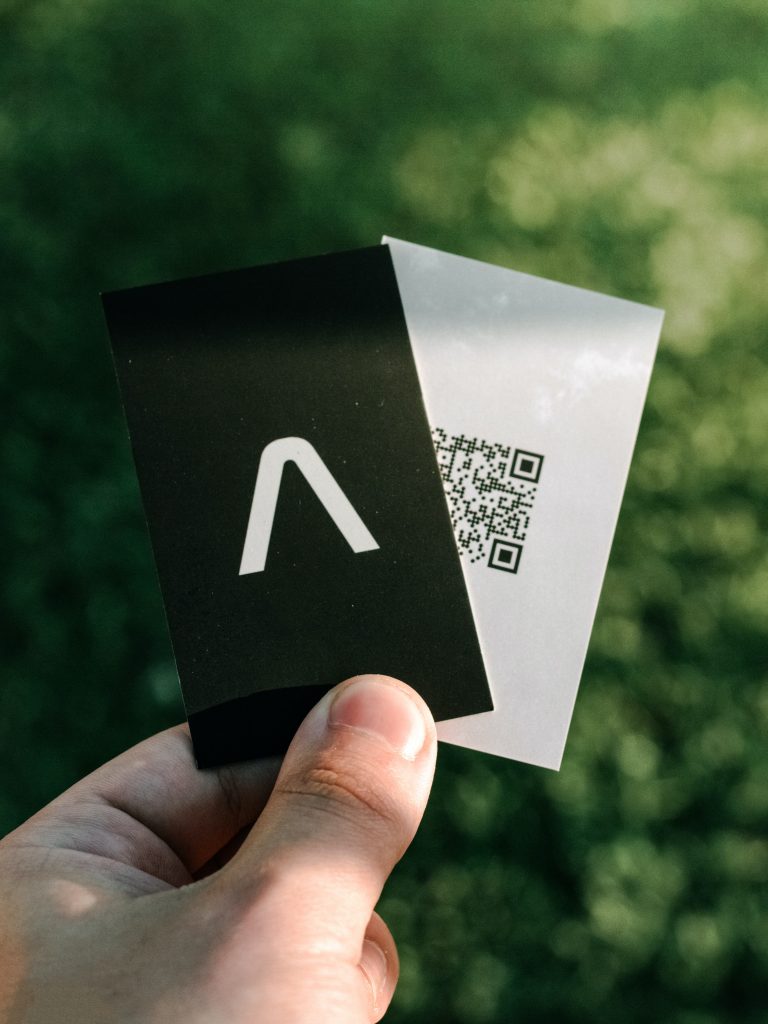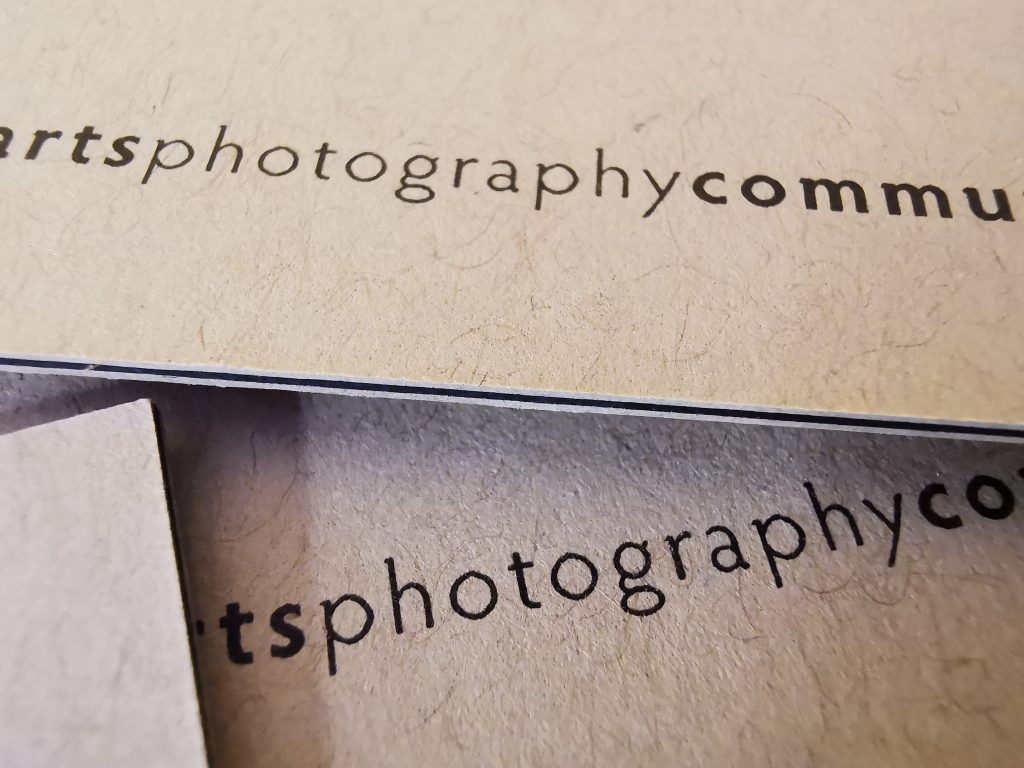Business cards can seem like a relic of the past with the rise of social media and business websites. However, they’re still a valuable marketing tool and much more than a simple piece of stationery. Having a high-quality, well-designed business card with the right amount of information can turn a chance meeting into a budding professional relationship.
A good, professional business card is much more than just your name and contact information on card stock – it’s an extension of your brand. This article will explain everything you need to include and what design choices are available to create a standout business card and make a great first impression.
What Information Your Business Card Should Include
While the typical business card of days old tended to just include your contact details, company name and job title, there are many more options today for what to put on a business card. Your website URL, logo, and social media handles are options to include as well. With so many possible details to include, it’s easy to err on the side of clutter when creating your business card. It’s important to pick and choose which options reflect your business best – if you have a well-designed, regularly updated website, make sure to include your URL. If your social media game is especially strong, your social media handles are a must.
One good way to ensure your business card doesn’t look too busy is to minimise the number of words and include a QR code linking to your business’s website instead of a long URL. This is easy to do, with websites such as Canva and Vistaprint you might use to design your card also offering free to use QR code generation.

Your Business Card’s Visual Design
Once you’ve established which information is essential to include on your business card, it’s time to start thinking about the visual design. Designing business cards is a lot easier than it used to be, with free business card makers being available online and thousands of templates available from professional designers. With so many options to customise your business card and tools that make the design process simple, the hardest part is making clear choices and picking a definitive design direction to take.
Make sure the design is cohesive with your business
With a plethora of free business card templates available online today, your design options are endless. It’s important to think about the impression you want to give and pick a business card design that is cohesive with your existing branding in both colour scheme and overall style. Your card’s design should match your profession to be on-brand: for example, if you’re an architect who specialises in brutalism, you might want a business card that has a sleek layout with hard lines, and modern font and a grey and white colour scheme. If you’re in a creative industry like graphic design, your business card is the perfect format to show off your design skills and make bold, colourful choices with fun typography to match and capture the essence of your brand.
Strike a balance between visual interest and clutter
Part of creating a business card that’s eye-catching means choosing a simple and effective visual design. While you might want to include as many colours, patterns and text as you can, this can be confusing to potential clients. When it comes to designing a custom business card, making use of white space to reduce visual noise is key. You can make use of premade business card templates to help ease the design experience if you’re not sure where to find the balance.

Get creative with your business card size and shape
No rule says your business card has to be rectangular, read horizontally and have the standard 55 x 85mm card dimensions. One way to differentiate your business from the competition is to get creative with the shape and size of your card. While it’s also important to consider that most people put business cards in their wallet or pocket at first, a square business card, for example, is a lot more likely to stand out among a stack of other business cards or on a bulletin board.
If that seems too radical and you’re a traditionalist at heart, a business card with rounded edges might be a safe compromise for you. Vertical business cards, read from top to bottom, also stand out.
How To Design Your Business Cards Online
The internet is full of handy business card printing services and design tools that make it easy to bring your vision to life, meaning anyone can create business cards online. Whether you chose Canva, Adobe Illustrator or Vistaprint as your business card creator, the process is simple: Start by creating an account on the service which will make your design editable at any time so you can save it and pick it up later. Next, browse and choose from thousands of templates available until you find one that suits your brand. Have one last think about the information you’d like to include, any extras such as a logo, and input it.
Afterwards, it’s time to choose your card stock, size and finish. Some easy-to-use business card makers offer more out-of-the-box options, such as linen or plastic at a premium. They’re a great option if you’ve got the room to increase your budget a bit more and really want to explore more business card options.
Most services that allow you to do business card design online also allow you to print business cards through their platform. But the most important step is yet to come: making sure you’ve put exactly the right details before you make your business card design final and send it off to the printers. There’s nothing worse than ordering a large number of business cards from the printers and realising when you receive them that you’ve made an erroneous error, so make sure to double-check for typos and that all your details are correct. Once you’ve done this, you’re ready to make your card that sets you apart from the competition!



